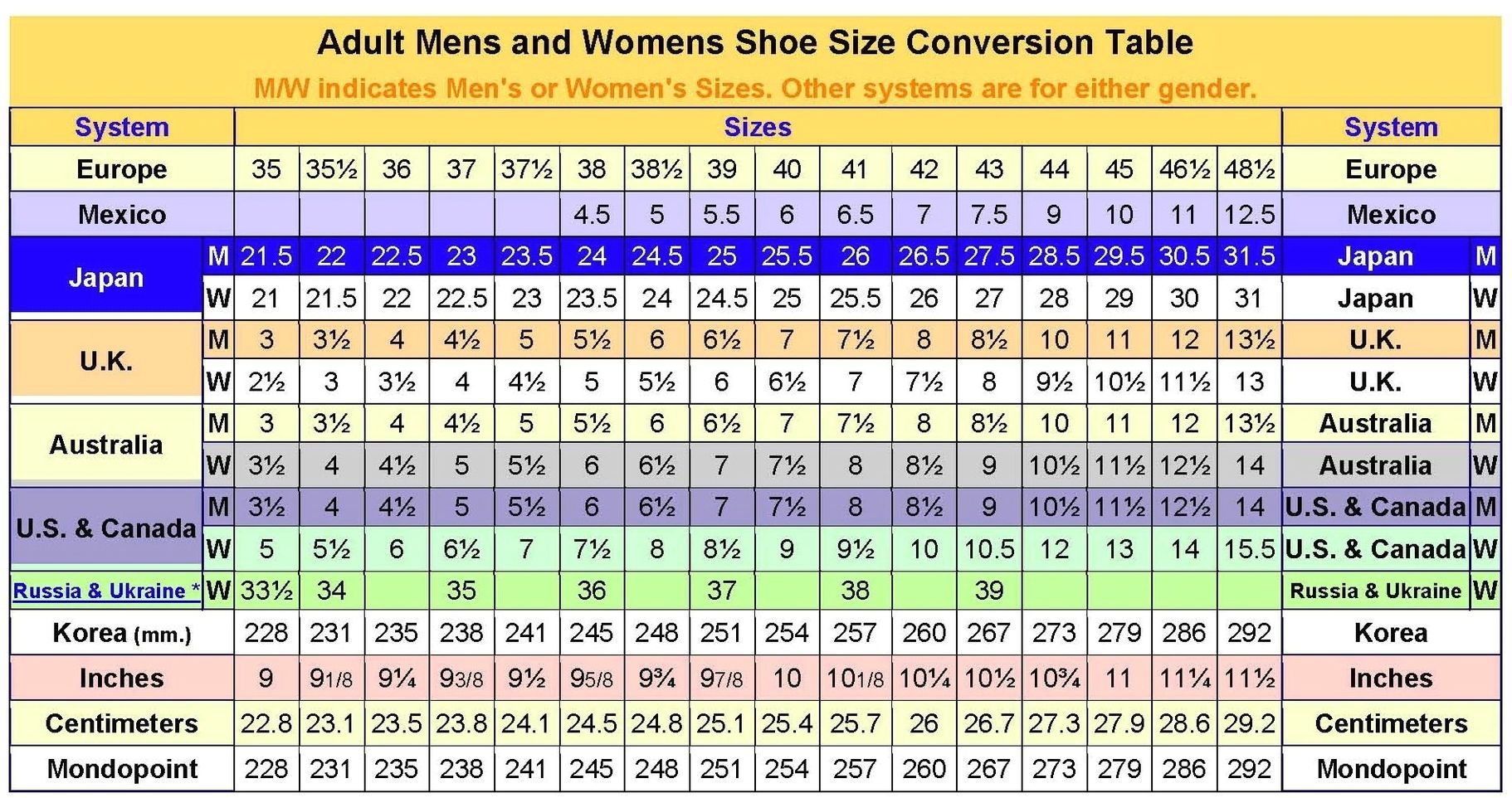Shoe sizing is a tricky thing to pin down. Different shoe brands and retailers use different shoe size systems.
This shoe size converter allows you to enter your foot length in inches and then convert it into the sizes of various international shoe size systems. This includes European, US and Japanese shoe sizes.
Length
When it comes to shoe size, it can get really complicated. Different shoe manufacturers have completely different scales and use different systems for marking. This results in an absolutely muddled situation. To make things easier, some websites offer quick conversion tables for adult shoes based on their length.
These formulas are based on the chosen unit of measurement and the length of the shoe last. They may also take into account the typical width of the foot or the wiggle room in shoes. They don’t take into account the fact that many people have different feet and that the length of a foot can differ from one shoe to another.
To measure your shoe size, place your bare foot on a piece of paper. Trace it with a pencil or pen and write down the number. Remember to subtract 3/16ths of an inch to get the accurate number. This is to compensate for the wiggle room in the shoe.
Width
When shopping for shoes, it’s important to consider not only the shoe length but also the width. Shoe width can make a big difference in the way your foot feels and how comfortable it is while walking long distances.
Wider shoes offer more support and stability, which can prevent injuries caused by shoes that are too tight or narrow. Choosing the right shoe width can help you avoid painful problems like bunions and hammertoes.
To measure your foot width, stand with your feet together and place a piece of paper under one of them. Wrap a tape measure around the widest part of your foot, which is usually at the ball. Then mark the width with an erasable pen, keeping the pen perpendicular to the paper. Repeat for the other foot. Visiting a shoe store with trained staff is the best option to ensure your measurements are precise. They will use a device called a Brannock device to measure your foot’s length, width and arch type.
Toes
Toes (also called toenails or hallux) are the five digits on the feet of most tetrapod vertebrates, including mammals and birds. They are important for balance and bearing weight, especially the big toe (or hallux), which bears twice as much weight as the other four combined. They also help you to grip and run.
Use a shoe size conversion chart for your preferred brand, or a general one, to get a close estimate of your shoes’ size in other countries. It’s also important to remember that men and women’s shoe sizes differ slightly.
For example, women’s European shoe sizes are approximately 1.5 inches larger than US women’s shoes. This means that a woman’s size 38 in Europe would be a men’s US size 9. You can find many shoe size conversion charts online. For the most accurate results, try them on at the end of the day, when your feet are largest. Also, be sure to factor in any socks you might wear.
Insoles
Insoles are small fabric inserts designed to be worn in shoes. They offer a variety of benefits, including pain relief from foot and heel conditions such as overpronation and supination (where the foot rolls inward and outward respectively). They also help reduce the impact of running, walking and standing while helping to align the foot and ankle.
Miya is a long-time user of shoe insoles and brings her own experience as well as rigorous experimentation to the table to provide an honest review. Whether she’s spending 10-hour days working on her feet or hiking out into the backcountry, insoles are key to keeping her pain and fatigue at bay, as well as preventing any additional injuries from occurring.
The ORHUIHIN memory foam shoe insoles are a great choice for anyone that spends long periods of time on their feet. They are breathable, have a thick cushion and provide arch support. This makes them a fantastic option for nurses and other healthcare professionals who spend their workdays on their feet.









